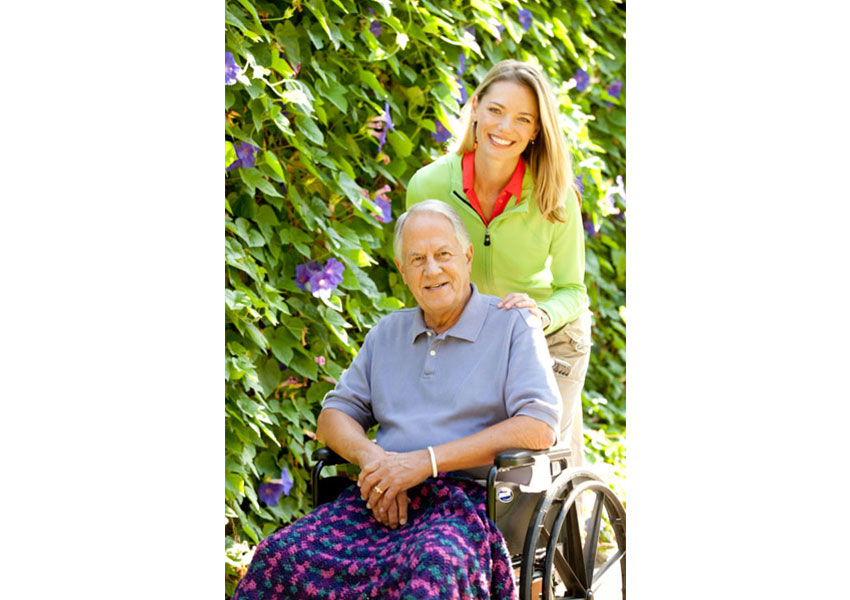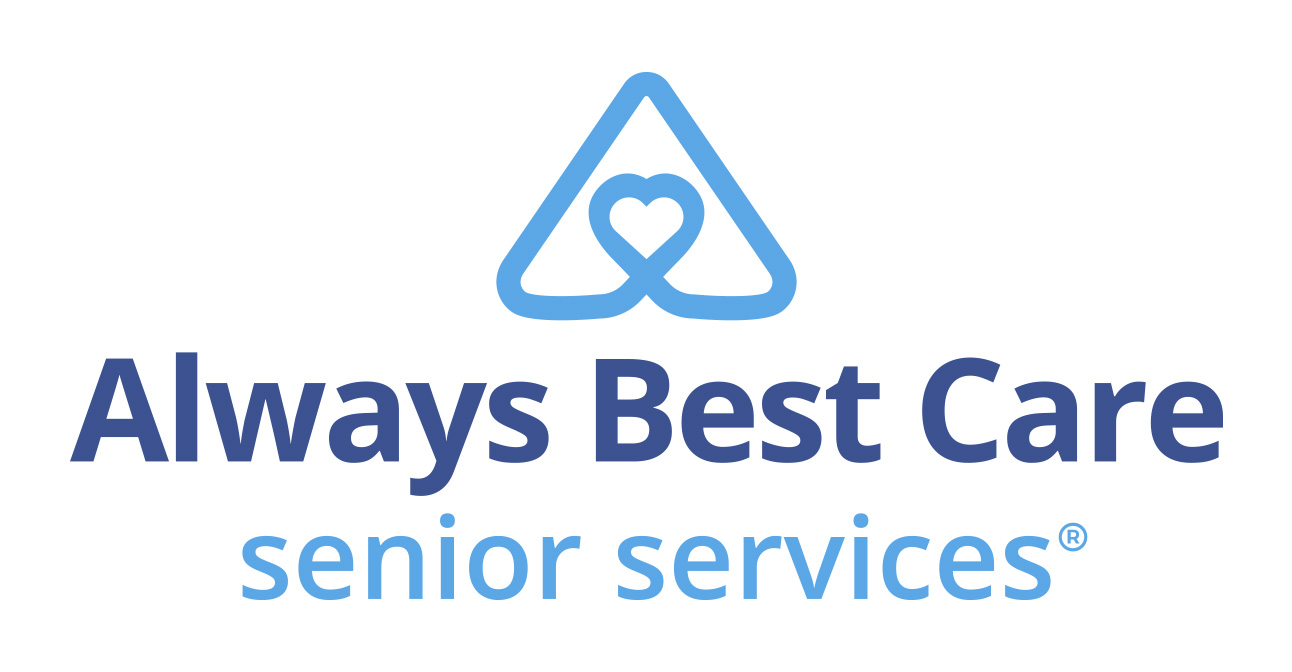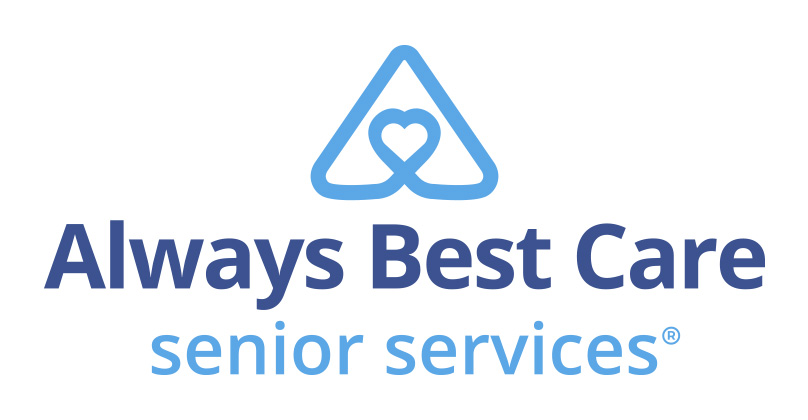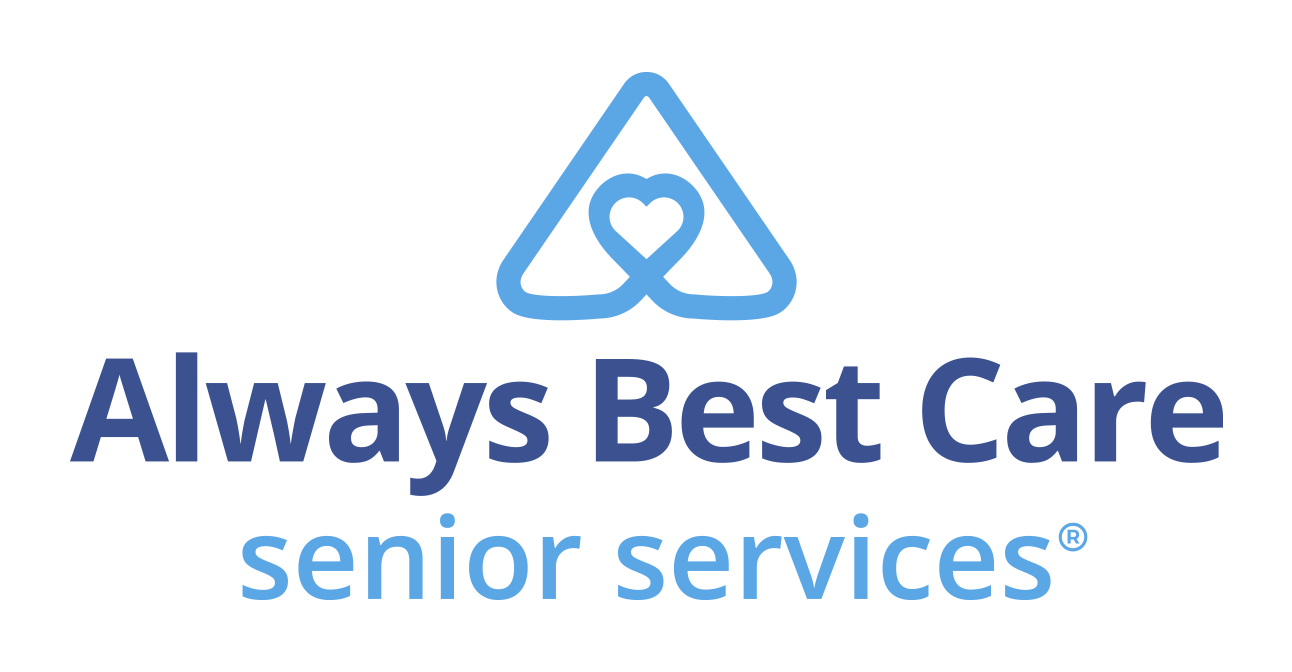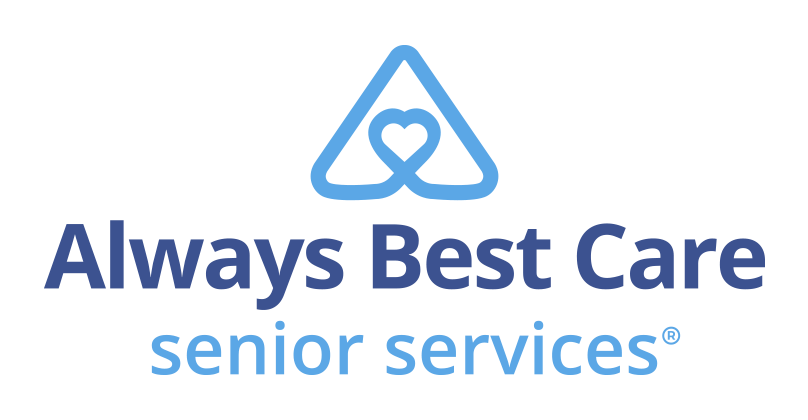Living on your retirement savings can be a constant balancing act: between maintaining your standard of living and making sure you don’t outlive your savings. How do you know if you’re withdrawing too much from your financial portfolio and threatening your ability to enjoy life as you age? Or maybe you’re taking out too little, refraining from the kind of activities you desire, such as traveling, only to end up with more than adequate assets when you die. There are no easy answers to this dilemma, although retirement experts offer a few suggestions.
The 4 Percent Rule
Under this formula, retirees add up their retirement savings, such as 401(k)s and IRAs, and then withdraw 4 percent of the portfolio’s overall value in the first year of retirement. The next year, the retiree takes out another 4 percent plus the rate of inflation, and so on. Although it’s called the 4 percent rule, the typical withdrawal range is between 4 and 5 percent.
A similar method is to base withdrawals on the value of the financial market. One expert found that withdrawing at a rate around 5.5 percent when markets are strong and reducing the withdrawal amounts when times are tough is a better standard than withdrawing at a fixed rate.
Annuities offer another simple way to withdraw retirement funds because you’re promised the same income payments for life. However, most annuities aren’t inflation adjusted, which means your payments won’t keep up with inflation. Plus, if you die early, you may forfeit any money left in the annuity. One other drawback to an annuity is that your money is tied up in investments, preventing access to emergency cash.
Newer Models
Another fixed approach is to base your retirement withdrawals on your life expectancy. The Social Security Administrationprovides tables that give averages. Of course, you need to keep in mind your health and your genetic disposition toward life-threatening diseases such as cancer.
In its simplest form, to figure out how much you could withdraw each year, divide your savings/investments by your remaining years. For example, if your life expectancy is 20 more years, you could withdraw one-twentieth every year. However, if your assets keep growing, you might have more left than you planned, and that money may have been better used when you were younger and more active.
Market Watch advocates a slightly different approach. The “Safety First Withdrawal Idea” focuses first on what you need to maintain your standard of living during retirement and then matches your financial resources to your required expenses. The basic idea is to use conservative investments to preserve your standard of living, such as U.S. Treasury Inflation Protected Securities (TIPS), lifetime annuities from blue-chip issuers and federally insured savings accounts. Social Security is a key part of this type of safety-first portfolio, because the retirement benefits are guaranteed and predictable. Once you’ve created an income plan from your conservative investments, you can invest your remaining money in riskier funds. If you get good returns, you can spend that money on more frivolous purchases.
More Flexible Approaches
J.P. Morgan Asset Management recommends a more flexible approach to retirement withdrawal strategies. Rather than sticking to one formula, the asset manager suggests reacting to changes in wealth, age and income streams by periodically adjusting withdrawal rates and portfolio asset allocations (Investment News ). For example, as a retiree gets older or has maintained her assets, she could raise her withdrawal rates.
To figure out the ideal withdrawal rates for each age, J.P. Morgan’s model weighs five factors: the individual’s preference for timing and amount of withdrawals, lifetime income, current age and life expectancy, the predictability of the market and extreme events, and the retiree’s need to spend the money.
The website Can I Retire Yet recommends a withdrawal system that sells in response to your own “routine income” needs rather than in response to market events.” The “total return approach” or “active safe withdrawals” concept means selling some of your most appreciated assets once or twice a year, when the money is needed.
“This is where asset allocation comes into play,” writes Darrow Kirkpatrick. “For me, it makes no sense to live off your conservative cash and bond buckets when stock markets are up. That’s like dipping into the storehouse when there is fresh, healthy grain available in the fields. Much better to be selling volatile equity assets when they are in favor, and to preserve your safe ‘buckets’ for the bad times.
“When those bad times come, as they inevitably will, then the flexible withdrawal approach begins dipping into the safe cash and bond buckets that have been set aside.” He says new research suggests that it may be better to spend bonds first, which goes against traditional advice, producing a rising equity allocation for the long term. In fact, continuing low interest rates mean retirees are no longer depending on bonds, as they once were.
Kiplinger.com dubs a similar approach in “lifestyle-driven investing.” Erin Botsford, a financial planner in Frisco, Tex., and author of The Big Retirement Risk, urges clients to divide their expenses into four categories: needs, wants, likes and wishes.
Then she recommends relying on “lifestyle investments”—those that produce income, either now or in the future, and are safe, predictable or guaranteed—to cover basic needs. “Food and shelter take a higher priority than vacations and luxury cars,” she says. “Shouldn’t your investment plan reflect this reality?”
If your current savings aren’t enough to support your projected retirement lifestyle, you may have to forgo some of your wants, likes or wishes, or be willing to save more or work longer to afford them, she says.
In the end, most of us will borrow bits of different withdrawal systems to create what works best for us and adjust our retirement plans and withdrawals according to our own set of circumstances—whether it’s poor or good health, still-dependent adult children or the urgent need to live in a warm climate.
Calculators and Simulations
You can plug your figures into various retirement withdrawal calculators and simulations. Here are a few:
Vanguard’s tool determines how much you can withdraw each month based on how much you’ve saved, your asset allocation (whether conservative, moderate or aggressive), how long you expect to spend in retirement and which withdrawal method you plan to use.
Once you plug in those figures and answers, its interactive tool shows how much money you could have withdrawn from your portfolio during the time the returns were calculated, using the dollar-adjusted withdrawal method. In general, Vanguard suggests making withdrawals at rates no greater than 3 percent to 5 percent at the outset of your retirement, depending on your withdrawal method.
E*Trade Easy Retirement Calculator asks for your expected age of retirement, how much you’ll get in Social Security, your assets (savings and investments), your investment status (conservative to aggressive) and an estimate of how much you’ll have when you retire. After you input your retirement monthly expenses (mortgage, healthcare, home expenses, etc.), the tool produces a retirement plan comparing how much you’ll need versus how much you’ll have.
Monte Carlo Retirement Calculator factors in market volatility, running random iterations, so you can see your chances of meeting your goal. To determine your goal, provide your desired annual withdrawal amount and the number of years you want the account to last. The outcome, which is slightly different each time you perform the exercise, shows your chances of failure and success.
Sources
“4% withdrawal rate in retirement unrealistic in real world, researchers say,” February 2014 Investment News
“Easy Retirement Calculator,” E-Trade
“Monte Carlo Retirement Calculator,” Money Chimp
“New Strategies to Ease Into a Secure Retirement,” March 2012 Kiplinger.com
“Retirement Withdrawal Strategies,” December 2013 Can I Retire Yet
“The ‘Safety First’ Guide To Retirement Withdrawals,” September 2013, Forbes Next Avenue
Reprinted by Always Best Care Senior Services with permission from
Senior Spirit, the newsletter of the Society of Certified Senior Advisors
The Certified Senior Advisor (CSA) program provides the advanced knowledge and practical tools to serve seniors at the highest level possible while providing recipients a powerful credential that increases their competitive advantage over other professionals. The CSA works closely with Always Best Care Senior Services to help ABC business owners understand how to build effective relationships with seniors based on a broad-based knowledge of the health, social and financial issues that are important to seniors, and the dynamics of how these factors work together in seniors’ lives. To be a Certified Senior Advisor (CSA) means one willingly accepts and vigilantly upholds the standards in the CSA Code of Professional Responsibility. These standards define the behavior that we owe to seniors, to ourselves, and to our fellow CSAs. The reputation built over the years by the hard work and high standards of CSAs flows to everyone who adds the designation to their name.
Always Best Care Senior Services
Founded in 1996, Always Best Care Senior Services is based on the belief that having the right people for the right level of care means peace of mind for the client and family. Always Best Care assists seniors with a wide range of illnesses and personal needs, and currently provides more than 3 million hours of care every year. Franchise opportunities are available to individuals interested in leveraging the company’s clear strategy and proven track record for delivering affordable, dependable service to seniors in their local areas.
By working with case managers, social workers, discharge planners, doctors, and families, Always Best Care franchise owners provide affordable, comprehensive solutions that can be specifically matched to meet a client’s particular physical or social needs. The hallmark services of the Always Best Care business portfolio include non-medical in-home care and assisted living finder and referral services, with skilled home health care now being phased in throughout the country. For more information, visit www.AlwaysBestCare.com. For franchise opportunities, visit www.FranchiseWithAlwaysBestCare.com
Always Best Care also offers Always in Touch, a telephone reassurance program that provides a daily phone call to seniors and disabled adults who are living alone and have limited contact with the outside world. Always in Touch is the only absolutely free national telephone reassurance program of its kind anywhere in the USA and Canada. For more information on Always in Touch, or to request an application, visit www.Always-in-Touch.com.
Another special program from Always Best Care is Always on Call –provided free to Always Best Care clients and their families with a minimum of 5 hours of monthly care. Families will have anytime access to physicians 24/7 if they’re considering ER or urgent care for non-emergency issues, if they need a non-narcotic prescription or refill, if they can’t take time off from work or school, if they’re traveling and need medical care, if their primary physician is not available, or if they have a sick child, spouse or elderly parent. This special service is provided to Always Best Care clients and their families by 24HourMDNow, an independent company not affiliated with Always Best Care.
June, 2014
To print this article CLICK HERE








